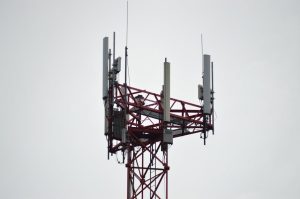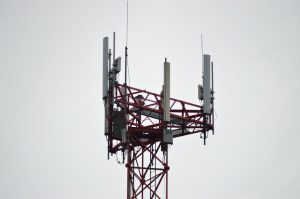GEO Satellites: Unlocking the Power of Geostationary Orbit

GEO Satellites: Unlocking the Power of Geostationary Orbit
GEO satellites, or Geostationary satellites, are a type of satellite that orbits the Earth at an altitude of approximately 36,000 kilometers, which is the same distance as the Earth’s equatorial radius. This unique orbit allows GEO satellites to remain stationary relative to a fixed point on the Earth’s surface, providing a constant and reliable signal. The focus keyword GEO satellites is the primary topic of this article, which will delve into the world of geostationary orbit and explore the many benefits and applications of these satellites.
One of the primary advantages of GEO satellites is their ability to provide continuous coverage of a specific region. Because they remain stationary, GEO satellites can maintain a constant signal, which is essential for applications such as television broadcasting, telecommunications, and weather forecasting. Additionally, GEO satellites can be used to provide internet connectivity to remote or underserved areas, helping to bridge the digital divide and promote global connectivity.
History of GEO Satellites
The concept of GEO satellites was first proposed by science fiction writer Arthur C. Clarke in 1945. However, it wasn’t until the 1960s that the first GEO satellite, Syncom 2, was launched. Since then, the use of GEO satellites has become increasingly prevalent, with thousands of satellites currently in orbit. The development of GEO satellites has been driven by advances in technology, including improvements in rocket propulsion, satellite design, and signal processing.
Today, GEO satellites are used for a wide range of applications, including telecommunications, television broadcasting, weather forecasting, and navigation. They are also used for military communications, earth observation, and scientific research. The versatility of GEO satellites has made them an essential part of modern satellite communications, and their use is expected to continue to grow in the coming years.
Benefits and Applications of GEO Satellites
GEO satellites offer a number of benefits, including high-gain antennas, which allow for stronger signal reception, and a wide field of view, which enables them to cover large areas. They are also relatively low-cost compared to other types of satellites, making them an attractive option for many applications. Additionally, GEO satellites can be used to provide backup services in the event of a failure or disruption to other communication systems.
Some of the most significant applications of GEO satellites include television broadcasting, where they are used to transmit signals to direct-to-home (DTH) platforms and cable headends. They are also used for telecommunications, providing voice and data services to mobile and fixed-line networks. Furthermore, GEO satellites are used for weather forecasting, where they provide high-resolution images of cloud patterns and storm systems. They are also used for navigation, providing location information and timing signals for GPS and other satellite navigation systems.
Challenges and Limitations of GEO Satellites
Despite the many benefits of GEO satellites, there are also several challenges and limitations to their use. One of the primary limitations is the signal delay, which can be up to 250 milliseconds due to the distance between the satellite and the Earth’s surface. This delay can make real-time applications, such as voice communications, more difficult. Additionally, GEO satellites are vulnerable to interference from other satellites and terrestrial systems, which can impact their performance and reliability.
Another challenge facing GEO satellites is the increasing congestion in geostationary orbit. With thousands of satellites currently in orbit, there is a growing risk of collisions and interference, which can have significant consequences for satellite operations and global connectivity. To address this challenge, satellite operators and regulators are working to develop new guidelines and standards for satellite operations, including measures to prevent collisions and minimize interference.
In conclusion, GEO satellites are a crucial part of modern satellite communications, offering a wide range of benefits and applications. From television broadcasting to telecommunications, weather forecasting, and navigation, GEO satellites play a vital role in promoting global connectivity and facilitating the exchange of information. While there are challenges and limitations to their use, the advantages of GEO satellites make them an essential component of modern satellite systems.






